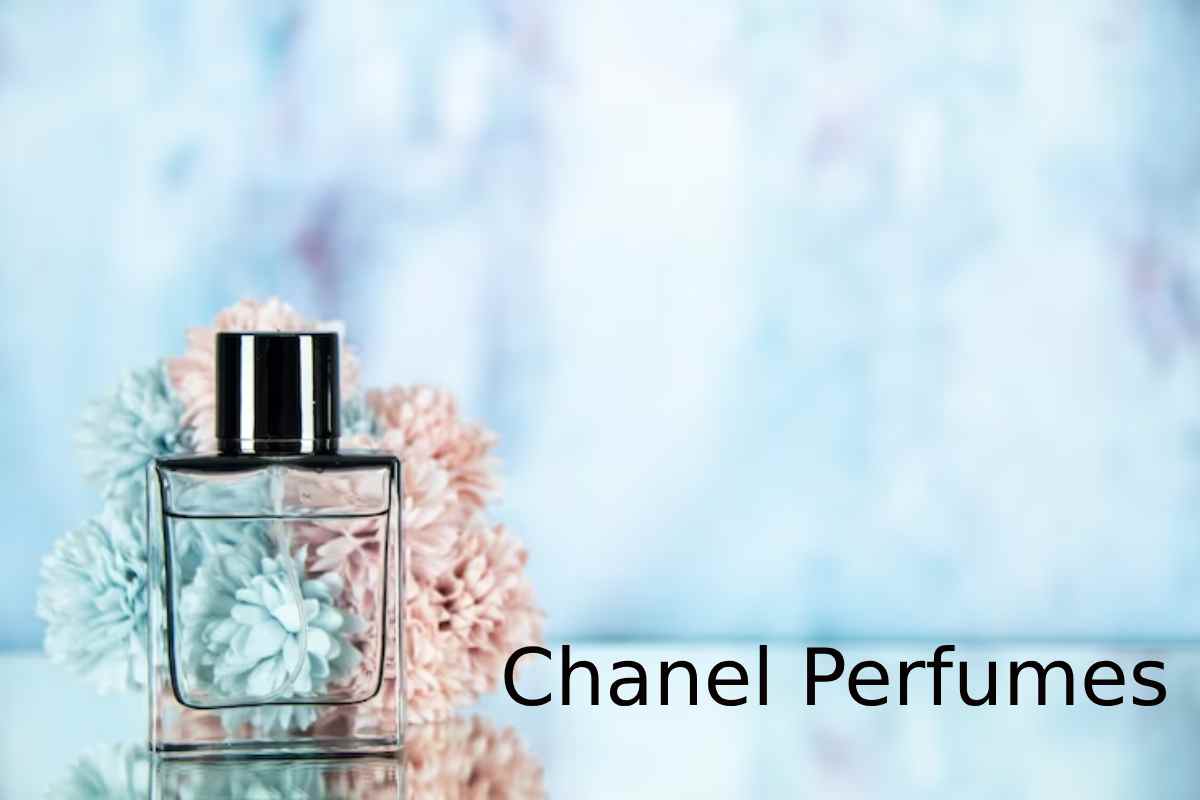Chanel. a name synonymous with the word fashion. Renowned for its groundbreaking innovations in haute couture, the brand has achieved unparalleled recognition and respect worldwide.
And yet, there is one side to Chanel that contributed massively to its status as a global powerhouse, but whose history is still often overlooked: its iconic fragrance line.
In this article, we will explore the fascinating history of Chanel fragrances, tracing their origins, evolution over time, and where they stand today in the world of fashion.
Table of Contents
The Birth Of Chanel No5.
It is impossible for us to talk about the history of Chanel Perfumes without talking about their first and most iconic release; Chanel No 5.
Introduced in 1921, this iconic scent marked a significant turning point in the world of perfumery. Collaborating with the esteemed perfumer Ernest Beaux, Gabrielle “Coco” Chanel set out on her way to create a fragrance that would revolutionize the industry.
Breaking free from the dominant trends of the 1920s, Chanel No. 5 embraced a bold and complex composition, blending floral, aldehydic, and musky notes in a way the early world of fragrance had not yet seen before.
The result was an instant sensation and is today the best-selling fragrance of all time. With a bottle being sold once every 30 seconds!
The Expansion
Building upon the phenomenal success of Chanel No. 5 was always going to be a tough mission for the brand, but they had now embarked on a journey to expand and create a line of fragrances that would be known for years to come.
In the following decades, Chanel introduced a series of scented masterpieces that became known for their elegance and sophistication. From the crisp and green Chanel No. 19 to the rich and classic Pour Monsieur, each fragrance within the Chanel portfolio brought its own distinct personality to the party.
The brand’s commitment to creativity and innovation could also be seen in creations such as Cuir de Russie, Gardenia, and Bois des Iles. With each new release, Chanel continued to push the boundaries of olfactory artistry, solidifying their position as one of the giants of the fragrance world.
Karl Lagerfeld
Fast forward 60 years from the release of No 5, to the 1980s, when Chanel experienced a revitalization under the visionary leadership of the late Karl Lagerfeld.
He, along with the French perfumer Jacques Polge set out to infuse the brand with a renewed sense of creativity and modernity. Together, they reimagined the perfume landscape, introducing a new wave of scents that captivated the senses, all while resonating with the mainstream.
The 2001 Coco Mademoiselle emerged as a beloved classic, embodying the spirit of a modern, independent woman with its vibrant citrus and floral notes. Lagerfeld and Polge’s partnership also gave birth to fragrances like Chance, a youthful and playful composition, and the sensationally fresh and magnetic allure of Bleu de Chanel.
This era saw Chanel fragrances embracing new horizons, captivating a younger audience while still preserving the timeless elegance that defines the brand.
The Modern Era
Following the retirement of Polge in 2015, and the passing of Lagerfeld in 2019, Channel Perfumes had now officially entered a new era; the Modern Era.
Jacques Polge was succeeded by his son Oliver as the nose of the Chanel line.
Virginie Viard, Lagerfeld’s trusted collaborator, and director of the fashion studio, assumed the role of creative director, including overseeing the brand’s fragrance offerings.
Under Viard’s guidance, Chanel fragrances have continued to evolve while maintaining the essence of timeless elegance that defines the brand. Building upon the legacy laid by Lagerfeld, Viard has brought her own unique vision and creative touch to the fragrance line.
The spirit of innovation still remains strong as Chanel introduces new scents that captivate and inspire. With Viard at the helm, Chanel continues to push the boundaries of olfactory excellence, ensuring that each fragrance remains a work of art that resonates with the modern man and woman.

